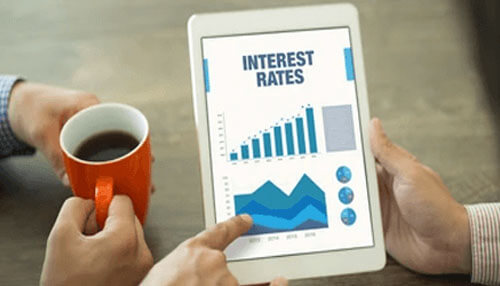Businesses often engage in borrowing activities to seek funding for working capital or business expansion. Upon borrowing, the business should prepare a debt schedule to assess whether the company can pay for debt repayments and interests. By utilizing a debt schedule, you should consider all these significant considerations in borrowing funds.
1. Debt Maturity
The period when the liability is due for payment is called the debt maturity date. It also refers to the termination date that loan installment must be paid back in full. Upon sourcing out a loan, it is crucial to consider for this will determine how much interest is paid during the whole term of the loan aside from the owed principal amount. The longer the maturity, the more interest you have to pay, but the lesser monthly amortization.
2. Interest Rate
The interest rate is always tied to the principal amount when sourcing funds to start a business or expand an existing one. The interest will accrue monthly or depending on the stipulated agreement between parties. Before signing your debt agreement, make sure to check how much interest rate you’re paying for the whole term. It is highly favorable for a business if the offered interest rate is lower since funds can be used for business operation instead.
3. Floating or Fixed Interest Rate
Floating or fixed interest rates are two crucial factors to take into consideration in acquiring a debt. When a debt has a floating interest rate, the rate moves up and down in the market. It varies over the whole duration of the debt obligation. For this scenario, the debt schedule must be updated again. While if the debt uses a fixed interest rate, it is more reliable and accurate in plotting your financial projections. Consider these two important factors before signing up for any debt agreement.
4. Repayment Capability
As a borrower, one must have a steady income stream to repay the debt off. It is your responsibility to ensure payment on or before the maturity date. It can damage the reputation of the business when not paying according to the term of the debt agreement. With a debt schedule, repayment can be seen quickly and determine the due amount with its corresponding due dates. Through this, can allocate funds for repayments.
When a business cannot sustain repayments, it is possible for a forced liquidation that affects business credibility. Before taking up new loans for your business ventures, it is essential to consider this factor that will significantly affect your long-term plans.
A debt schedule is a valuable financial planning tool before deciding where to source funds, how much to borrow, what interest is reasonable, and assessing your capability to pay. Taking all these considerations before making any borrowing decisions will save you from taking unnecessary risks. A debt schedule is one of the financial metrics in a financial model template when deciding whether to pursue a project or not.
Author Bio:
Lellith Garcia is the Marketing Manager of eFinancialModels.com, which provides a rich inventory of industry-specific financial model templates in Excel spreadsheets. Lellith has been involved in preparing various financial model templates, which are loved by entrepreneurs, consultants, investors, and financial analysts looking for assistance to speed up their financial modeling tasks.



